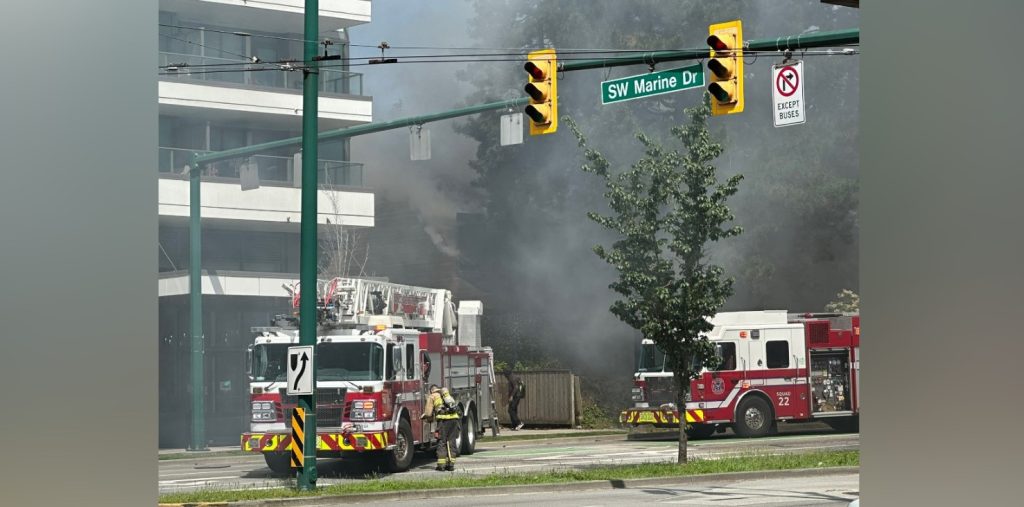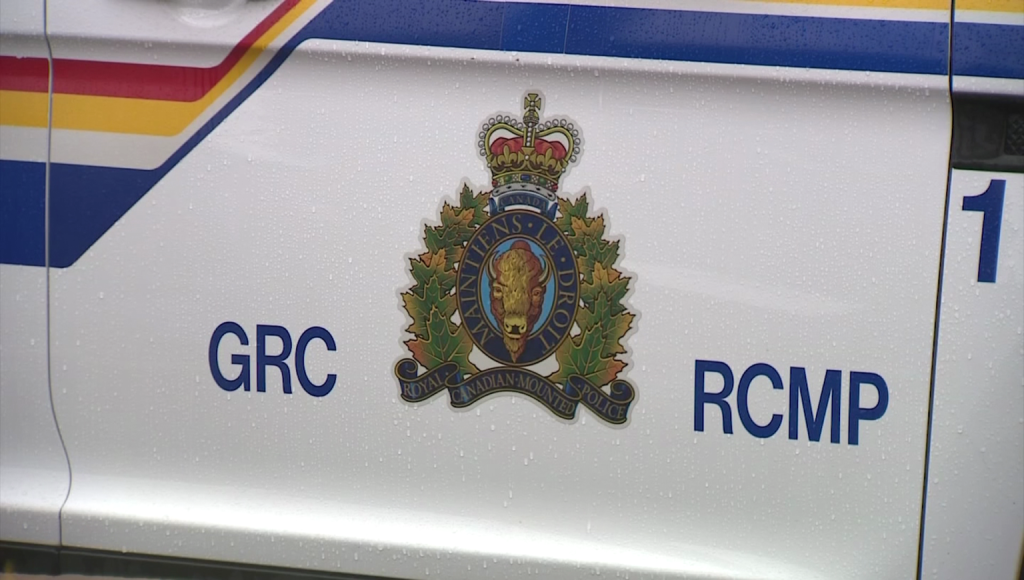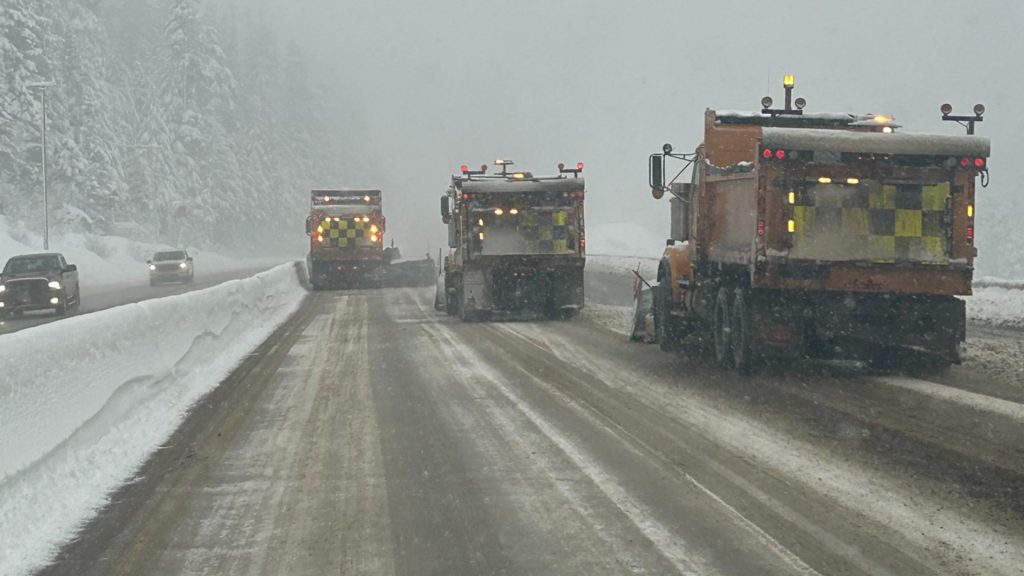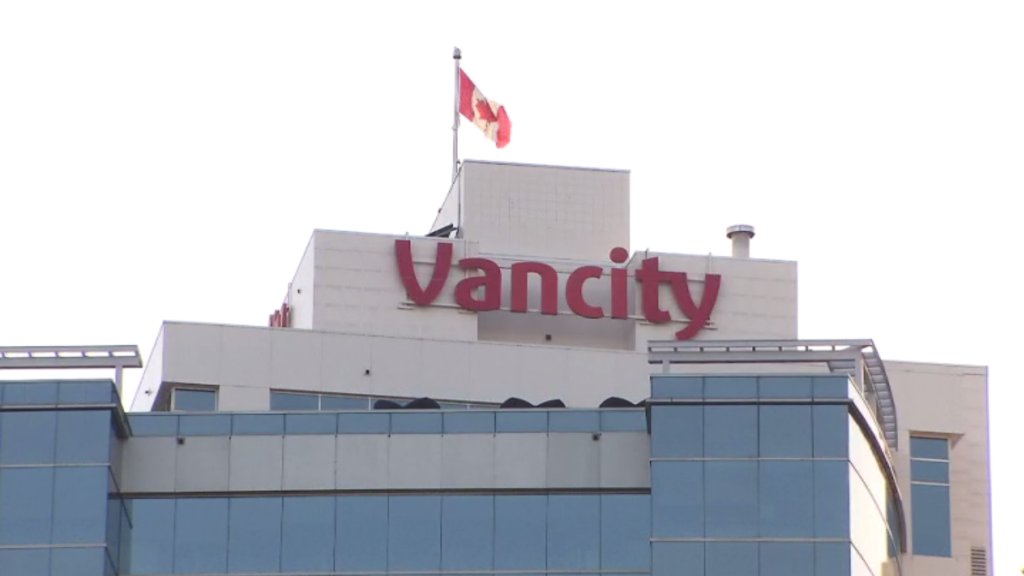B.C. receives damning Food Banks Canada poverty report card
Posted May 22, 2024 10:53 am.
Last Updated May 22, 2024 8:11 pm.
A new report by Food Banks Canada that looks at poverty across the country shows almost half of British Columbian residents feel “worse off” financially compared to last year.
It’s just one of the key markers in a damning report card released by the national food bank organization on Wednesday. The province received an overall mark of D+.
The annual report card also found that almost half of B.C. residents are spending more than 30 per cent of their income on housing.
However, the most troubling figure to come from the report, shows a decrease in B.C. residents being able to access health-care.
The report shows almost one in three British Columbians are having more trouble accessing care than the year prior, giving it a “failing grade” of an F. In 2023, that particular marker passed with a C grade.
According to Food Banks Canada, B.C.’s poverty rate is “substantially higher” than the Canadian average. More than 11 per cent of people in the province are living in poverty, compared with the national average of just over nine per cent.
“The poverty rate among seniors in BC is 6.4 per cent overall and 14.3 per cent among seniors who live alone. Poverty among this group has declined about 15 per cent slower than in the rest of the country since 2015, which is worrying. Overall, the poverty rate for those who lived alone was 24.5 per cent in 2021, which is higher than the Canadian rate of 21.5 per cent for this group,” Food Banks Canada explained in its report.
“The poverty rate for couples with children is 5 per cent. The poverty rate among children and youth tells a diverging story. Although overall child poverty is significantly lower in BC than the national average (8.6 per cent, compared to 10.3 per cent), the poverty rate among youth aged 18–24 is 4 percentage points higher in BC (18 per cent) than nationally (14 per cent).
“This likely reflects the impact of transfer programs such as BC’s own top-up to the CCB, which has been a key driver in reducing child poverty across the country. Youth who are not parents, by contrast, do not have access to these benefits to aid with the high cost of living in the province, likely contributing to their high rates of poverty.”
Food Banks Canada says that despite the enormous amount of wealth in B.C., it “struggles” with income inequality and housing affordability, “particularly in urban centres like Vancouver.”
“Indigenous peoples, racialized people, and marginalized groups face disproportionate barriers to economic opportunities and social services, which highlights the need for targeted policies to address systemic inequities. For example, 14.5 per cent of Indigenous British Columbians are considered to have a low income, compared to 8.8 per cent of BC’s overall population,” it added.
Food Banks Canada says that for British Columbians to rise out of poverty, the province must introduce a revised poverty reduction strategy before the coming election, “so that all British Columbians can decide for themselves whether it is adequate.”
The organization is recommending a suite of legislation the province should implement to reduce poverty. These include: indexing BC Housing’s capital budget to inflation; directing municipalities to use surpluses to build affordable housing; increasing access to childcare; work with the federal government to implement automatic tax filing; and increase social assistance rates for single people by at least 10 per cent.








